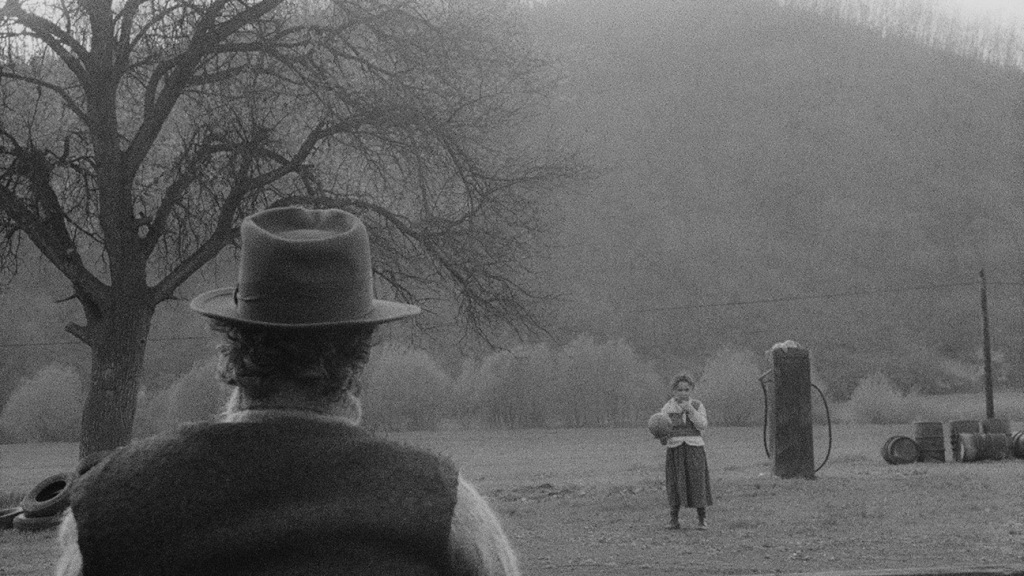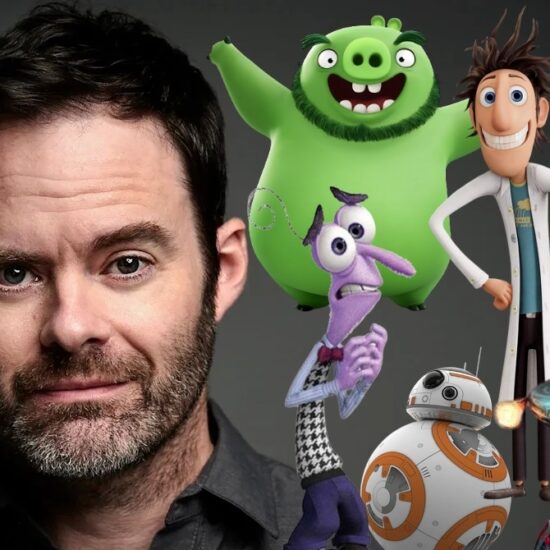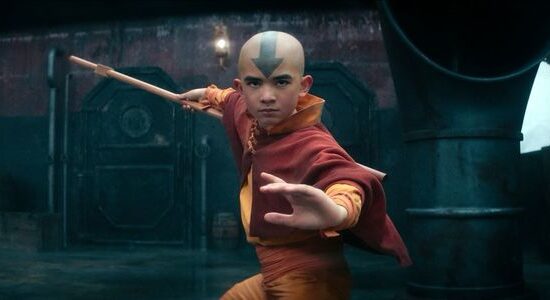
With the great auteur Béla Tarr no longer directing movies, the newly restored Twilight, by one of his compatriots in the small Hungarian moviemaking community, arrives as the next best thing. Restored and taking its first stateside theatrical bow (beginning with a run in New York) 33 years after it first hit festivals, György Fehér’s existentialist crime drama is drawn from the same cinematic DNA as Tarr’s distinct body of work. This is not pre-chewed, easily digestible entertainment but patience-testing and austere, built with long takes and pared-down dialogue. Twilight is a procedural with little procedure and, by design, no satisfying answers. The mood it builds is soul-shaking.
Call it Twin Peaks without the jokes or the colorful characters — or the color. Shot in gripping black-and-white, the film unfolds in remote towns in thickly forested mountains where evil hangs in the air, and its narrative revolves around a murdered 8-year-old girl. The source material, The Pledge: Requiem for the Detective Novel, was Swiss writer Friedrich Dürrenmatt’s corrective to It Happened in Broad Daylight, a 1958 Swiss- German-Spanish thriller for which he wrote the screenplay; he objected to the way the finished product neatly tied up the story’s mysteries.
Twilight
The Bottom Line
Short on exposition, long on mood, and a notable rediscovery.
Release date: Friday, April 21
Cast: Péter Haumann, János Derzsi, Judit Pogány, Kati Lázár, István Lénárt, Gyula Pauer, Miklós Székely B., László Németh, Pál Hetényi
Director-screenwriter: György Fehér; based on the novel The Pledge by Friedrich Dürrenmatt
1 hour 41 minutes
Fehér’s 1990 feature is one of seven subsequent film versions to date, among them Sean Penn’s 2001 feature The Pledge. That Jack Nicholson starrer, chock-full of ultra-starry cameos, maintained Dürrenmatt’s bleak outlook, and a familiarity with it could help parse some of the unexplained relationships in Twilight. But for all their connective tissue, the two film’s differences are stark and instructive. It’s the contrast between art house and Hollywood, between stripped-down and ginned-up. The love-it-or-hate-it restraint of Twilight is, of course, its own artifice, a storytelling device that prefers to observe the gaps rather than rush to fill them in.
Fehér was an accomplished TV writer-director and cinematographer when he made Twilight, his first feature. (There would be only one more, Passion, an adaptation of The Postman Always Rings Twice, before his death in 2002, at 63.) Tarr is credited as consultant on the film, and many of the castmembers were Tarr regulars, as was Fehér — he produced Satantango and contributed dialogue to Werckmeister Harmonies.
The camerawork by Miklós Gurbán — who won the Bronze Leopard in Locarno for his cinematography, and who supervised the grading for the movie’s 4K restoration by the National Film Institute Hungary — deploys remarkable pre-drone aerial shots and precisely framed interactions that seesaw between revelation and withholding. In shrouding mists and unforgiving lamplight alike, Gurbán finds a startling range of color within the monochromatic palette. László Vidovszky’s score, with its creeping groans of dread and its choral prayers, is no less essential to the film’s disquieting effect.
Péter Haumann plays a police inspector who becomes obsessed with the case of the murdered girl. Her body is discovered during his last days before retirement, and he continues to pursue a solution after he’s officially unemployed. When one of his former colleagues tells him, “You’re not with us anymore,” he’s complaining about more than the inspector’s job status. The inspector stands alone in at least one other crucial way: He’s not rushing to condemn the man who found the girl’s body, a peddler played with haunting understatement by Gyula Pauer (the character received a far more showy interpretation by Benicio Del Toro in The Pledge).
The inspector interviews the peddler as a witness, not as the prime suspect the other police have decided he is. There’s bloodlust in the air: The townspeople, arrayed around the police station like zombies, hunger for a decisive punishment but not necessarily the truth. Pauer (who also served as the film’s costume designer) is especially unsettling when the peddler, surrounded by cops who have convinced themselves he’s guilty, smiles. It’s not the grin of a crazy person who doesn’t understand what’s happening to him, but the smile of someone who recognizes the Kafkaesque joke of incriminating coincidences aligned against him. He’s a doomed man who sees the way the so-called investigation is going, bending not toward justice but toward a quick verdict.
Well after the other cops have indulged in questionable methods and made up their minds, the inspector presses on. And yet Fehér hardly casts his protagonist in the light of unequivocal virtue. Early in the film, he skulks around the house where the dead girl’s parents are receiving the terrible news. Sneaking into her school at night with a flashlight — a scene that also appears in Penn’s movie — he’s a lawbreaker, a ghost, as well as a man with a nose for important clues. He finds the deceased girl’s drawing of the man he suspects is her still-at-large killer, a figure her schoolmates refer to as the giant or the wizard. It’s one of his more profitable tacks in working the case unofficially. And yet, Twilight asks, do the clues finally matter?
In a particularly chilling scene, some sort of medical expert (István Lénárt) deems the inspector’s search for the truth futile and the case unsolvable, and the carved figure of an owl on his desk underscores his claim to wisdom. The inspector’s obsessive commitment “to uncover the truth” will eventually send him over an emotional precipice. He’s not the only one to lose his footing.
Most disturbing are two separate sequences that center on a young girl being interrogated — different girls, different questioners. The way the camera holds each child in tight close-up, one of them silent, the other squirming and whispering her responses, and the way each man holds each girl, blurs the line between attentive focus and seduction, between protection and peril, and gives frightening form to the medical man’s dark certainty about evil that can’t be vanquished.
If things are clearer by the end of the film, it’s only by degrees, and there’s no comfort to be had. Gus Van Sant, a filmmaker who has drawn deep wells of inspiration from Tarr and other Eastern European filmmakers, told me when I interviewed him about his 2005 feature, Last Days, “People want answers in the same way that they want the culprit. It doesn’t matter if the guy or girl was really responsible for the crime, so long as you have somebody to hang by the tree.” In Twilight there’s no rescue for scapegoats or other innocent prey, and, as Dürrenmatt preferred, there’s no triumph for the dogged detective. Fehér’s film, long feared lost, rises out of the celluloid dustbin to claim its place in a provocative in-between, where trouble slinks like fog and each piece of evidence is just an invitation to a new mystery.













